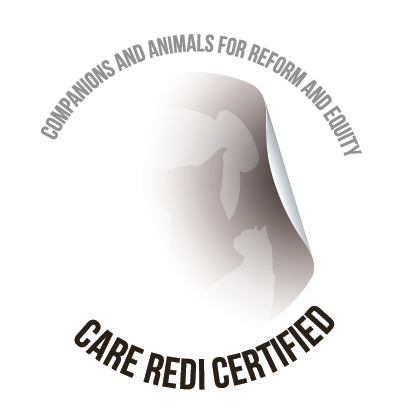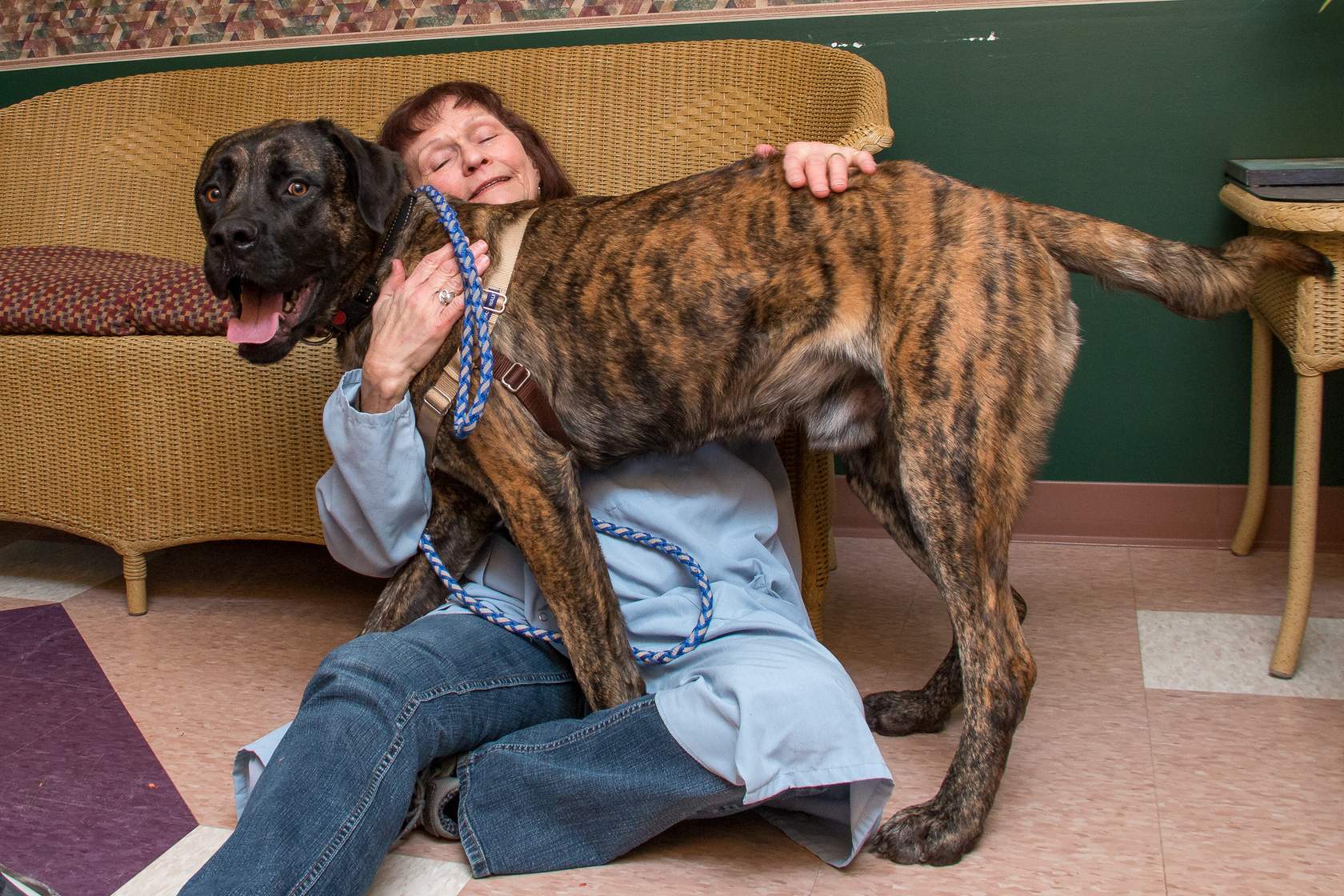Stereotyping and Implicit Bias

We should understand these two terms: ethnocentrism and cultural relativism.
Ethnocentrism – means to apply one’s own culture or ethnicity as a frame of reference to judge other cultures, practices, behaviors, beliefs and people; the belief that one’s culture is superior to, or more correct or normal than, all others.
Cultural relativism – is the idea that a person’s beliefs and practices should be understood based on that person’s own culture; the norms and values of one culture should not be evaluated using the norms and values of another.
Most people are ethnocentric. It is natural to think that one’s own cultural ways are the best way. As humans, especially those serving the public, that is, the human and animal health sector, we should work towards and adopt cultural relativism, having the mindset that other ways of doing things are different but equally valid.
In the Implicit Association Test, 65% (2.1 of 3.3 million Americans) demonstrate a preference for White people over Black people. From 2007-2020, this association was stronger when the economy was worse.
Project Implicit, 2022
Let’s take an easily comprehensible example of the concept of ethnocentrism.
Cows hold varying outlooks and values across different cultures. In some cultures, like India, cows are considered sacred animals. They are revered and hold a unique place in religious and cultural practices, with many Hindus believing that cows should be protected and admired.
In contrast, Western cultures often view cows predominantly as sources of food and agricultural commodities.
This distinction shows how one culture may differ from the other and the ethnocentric tendency to judge other cultures’ beliefs and values.
Being an ethnocentric veterinarian or animal care professional, with a narrow and biased perspective that places your own cultural beliefs above others, can have several pitfalls and drawbacks in a multicultural and diverse society of pet owners.
It is also important to understand that as we brief on some examples to highlight differences among groups of people, these should not be mistaken for stereotypes, but generalizations and shared experiences from individuals who chose to share their story.
Stereotyping is unfair and is an inaccurate practice.
It is equally crucial to understand that individuals are not confined to a single cultural identity. We all belong to numerous cultures, considering aspects such as religion, ethnicity, socioeconomic status, generational affiliation, sex, geographical origin within a country, occupation, and educational background. Each of these shows a varying degree of influence on a person’s identity.
“I experienced a lack of cultural responsiveness in a veterinarian who refused to provide additional (preventive) services to my family for our 5 year old English Mastiff due to the fact that we were not interested in neutering him. The veterinarian did not take any time to understand our perspective on the issue and instead took a “my way or the highway” approach.”– Anonymous


